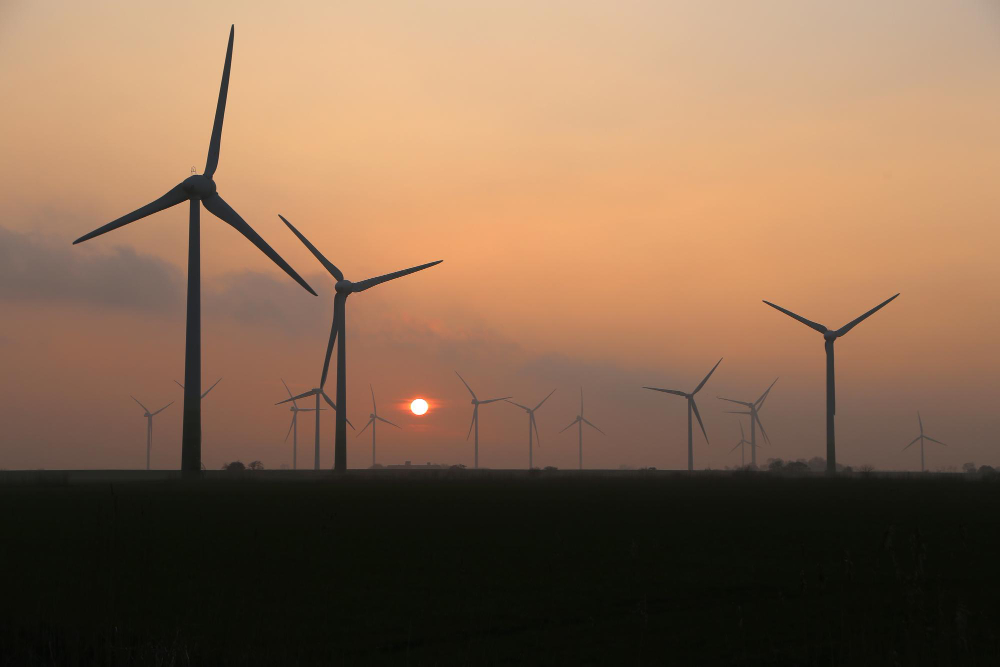The shift towards renewable energy is a pivotal step in combating climate change and ensuring a sustainable future. However, transitioning to green energy can initially seem expensive, deterring both households and businesses from making the leap. Fortunately, with careful planning and strategic budgeting, renewable energy can become not only affordable but also a financially smart choice in the long run.
Understanding the Initial Costs
Investing in renewable energy often involves significant upfront expenses. Solar panels, wind turbines, and energy storage systems require an initial capital outlay that can be daunting. Yet, understanding these initial costs is crucial for effective budgeting. One vital resource to consult is the PPA report, which provides valuable insights into Power Purchase Agreements. These agreements allow you to understand the long-term financial commitments and potential savings associated with renewable energy investments.
Leveraging Government Incentives
Federal, state, and local governments offer various incentives to reduce the financial burden of transitioning to renewable energy. Tax credits, rebates, and grants can offset a substantial portion of the installation and setup costs. For example, the Federal Investment Tax Credit (ITC) allows homeowners and businesses to deduct a portion of their solar installation costs from their taxes. Staying informed about these incentives and incorporating them into your budget can effectively lower your initial and long-term expenses.
Opting for Energy-Efficient Solutions
Another way to manage costs is to prioritize energy efficiency. Investing in energy-efficient appliances, lighting systems, and building materials can significantly reduce your overall energy consumption. By lowering your energy demand, you not only save money on utilities but also lessen the burden on your renewable energy systems. Energy-efficient solutions often come with their own set of incentives and rebates, enhancing your overall savings.
Exploring Financing Options
Various financing options can make renewable energy more accessible. Green loans, solar leases, and Power Purchase Agreements (PPAs) are designed to spread out the costs over time, making the initial investment more manageable. PPAs, in particular, can be highly advantageous as they typically involve little to no upfront costs and allow you to pay for the energy at a predetermined rate. Thoroughly examining these options and selecting the one that best fits your financial situation will help maintain your budget while moving towards a greener tomorrow.
Maximizing Long-Term Savings
While the initial costs may be significant, the long-term savings from renewable energy can be substantial. Solar panels, for instance, can last 25-30 years, during which they provide free energy after the payback period. Additionally, by generating your own power, you become less susceptible to fluctuating energy prices, offering financial stability. Regular maintenance and efficient use of your renewable energy systems will ensure they operate at their highest potential, maximizing your savings.
Community and Shared Solar Programs
For those who find individual renewable energy projects too expensive, community and shared solar programs offer a viable alternative. These programs allow multiple participants to invest in a single renewable energy project and share the benefits. By participating in such programs, you can gain access to renewable energy at a lower cost compared to individual installations. This collective approach not only reduces costs but also fosters community engagement in the pursuit of sustainable living.
Monitoring and Adapting Your Energy Usage
Keeping your renewable energy costs in check requires continuous monitoring and adaptation. Utilize smart meters and energy management systems to track your energy consumption. Understanding when and how you use energy enables you to make informed decisions about your energy habits. Adjusting your energy use to align with the availability of renewable sources can increase efficiency and reduce reliance on the grid, further lowering your costs.
Staying Informed and Planning for the Future
The renewable energy landscape is continually evolving, with new technologies and services emerging regularly. Staying informed about the latest developments can provide opportunities for additional savings and efficiency. Regularly revisiting and adjusting your budget to account for new incentives, technologies, and market conditions will ensure that your transition to green energy remains financially sustainable.In conclusion, budgeting for a greener tomorrow is both an environmental and economic necessity.
By understanding initial costs, leveraging government incentives, opting for energy-efficient solutions, exploring financing options, maximizing long-term savings, participating in community solar programs, monitoring energy use, and staying informed, you can effectively manage and reduce the costs of renewable energy. This proactive approach not only fosters a sustainable lifestyle but also safeguards your financial well-being, paving the way for a brighter, greener future.

